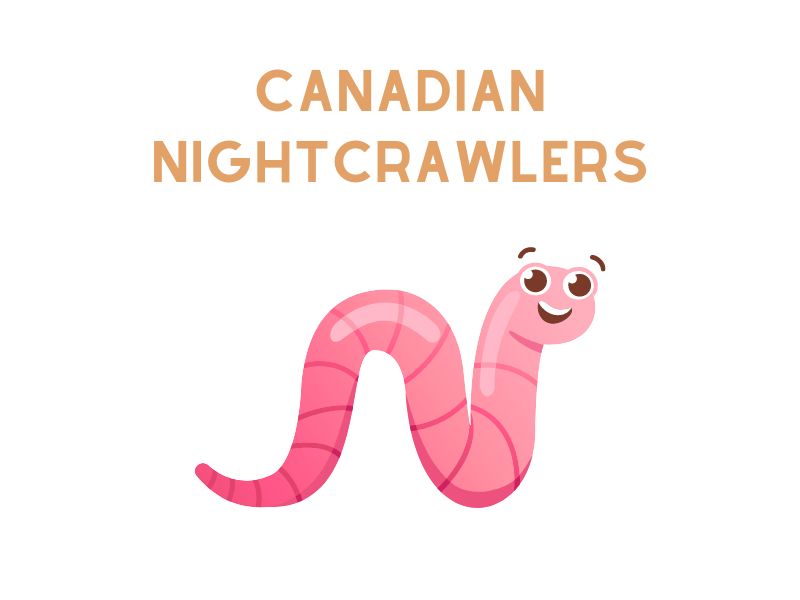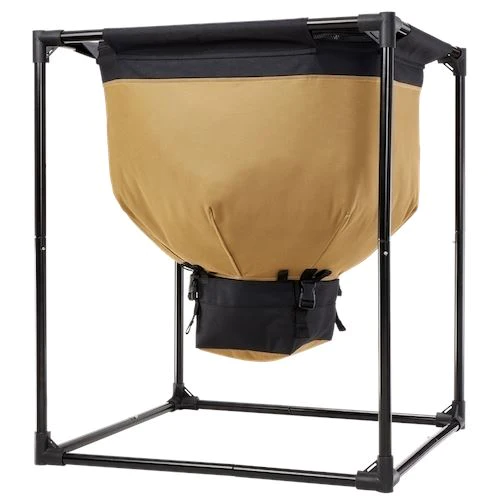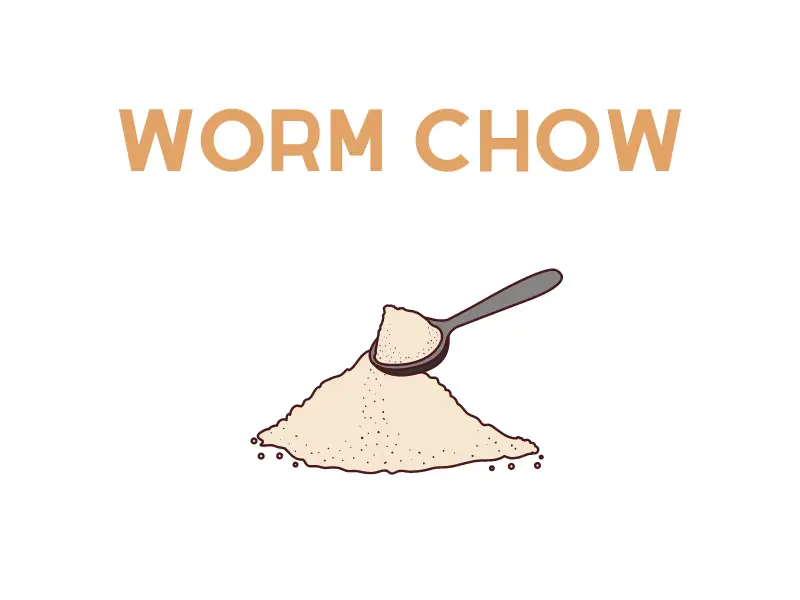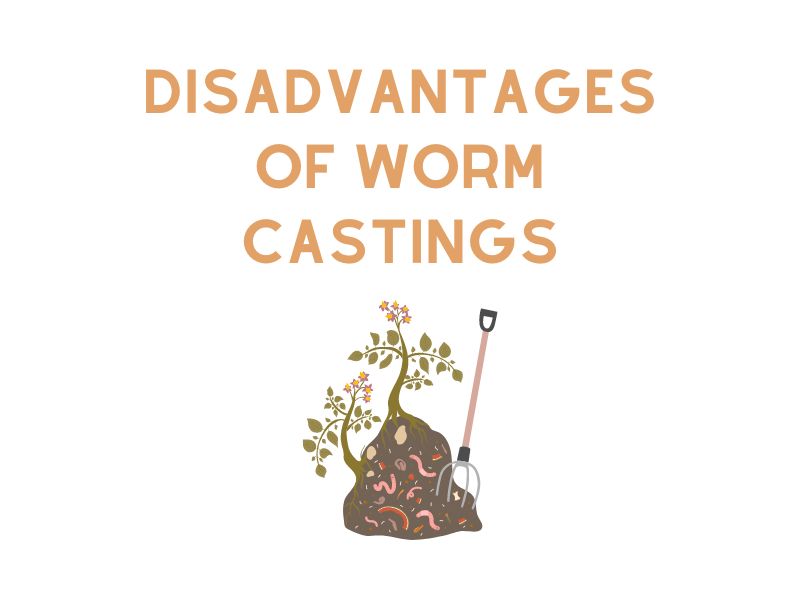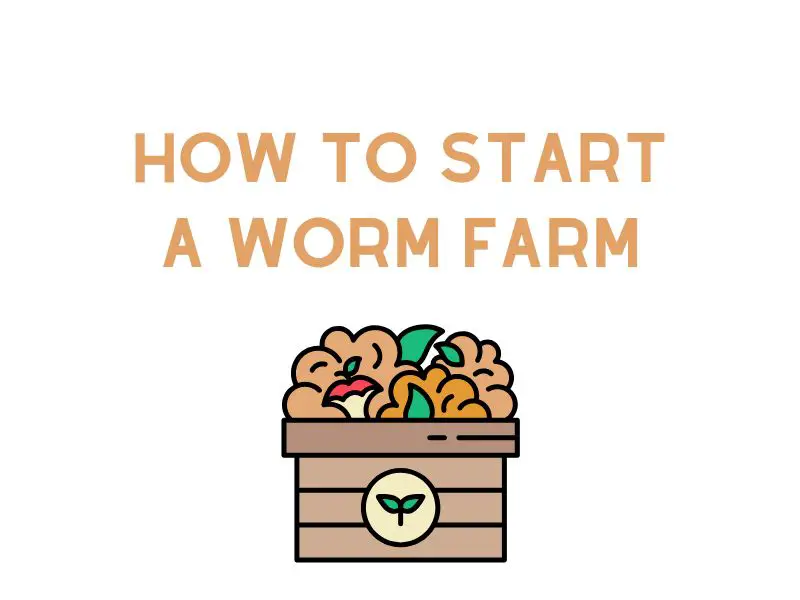Canadian Nightcrawlers, often juxtaposed with their European and African counterparts, have carved a unique niche in the world of worms. Spanning several inches long, these intriguing creatures are not only visually compelling but also boast a multitude of applications. Popularly used as fishing bait, they have become the go-to choice for many anglers. But their utility doesn’t end there. Just as the European Nightcrawlers and African Nightcrawlers have found their prominence in worm bins for composting, Canadian Nightcrawlers are also a good fit for this purpose. These composting worms play a vital role in breaking down organic matter, making them an essential component in sustainable gardening and farming practices. This article delves deep into the world of Canadian Nightcrawlers, contrasting them with the European and African varieties, and exploring their wide-ranging uses, from bait to composting. Join us as we unearth the fascinating details of these versatile creatures.
Best Deals On Canadian Nightcrawlers
Physical Characteristics
Lumbricus Terrestris or Canadian nightcrawlers are also called the granddaddy of earthworms, which is a reference to their size compared to other worms. As the name implies, they are from Canada. They are often shipped in the United States in frozen form.
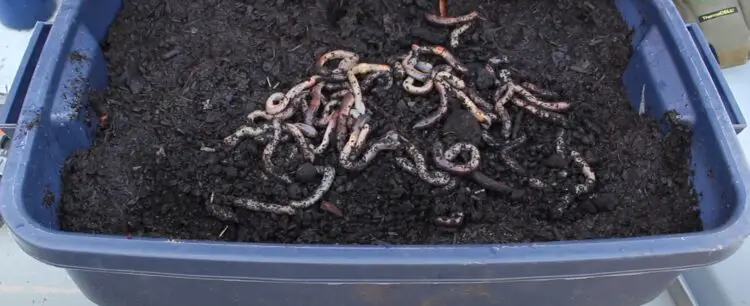
On average, the length of these worms will range from five to eight inches. They are larger than other earthworms. This also means that they are easier to hook if you will use them as fishing bait. In the compost, on the other hand, the size of their body allows them to excrete more waste, which is what you will use as a fertilizer.
These worms share common characteristics with the other nightcrawlers. The body is red to gray. If you look closely, you will find ring-shaped segments, which are also called annuli. These are covered by tiny bristles, which are hardly noticeable unless you examine the worm nearer. These bristles are used for moving on the ground and burrowing deep into the soil.
Feeding
Like other worms, proper feeding is important to grow healthy Canadian nightcrawlers. Be picky with the scraps that you feed these worms. Not all organic wastes are good for them. Some can do more harm than good, so pay attention to what gets in the bin.
When you are feeding Canadian nightcrawlers, scatter their food on the top of the soil. They will benefit from eating a lot of greens, including leaves and grass clippings. Fruits, vegetable peelings, coffee grounds, and other organic scraps will also make good food.
While it is good if you can feed them with organic scraps, take note that these worms are decomposers. Meaning, they will feed on the bacteria present in the soil. With this, it is crucial that you replace the soil when needed.
Watch out for some of the foods that you should not put in the bin. For instance, it is not advisable that you add meat. You should also not add anything that is spicy or acidic. Aside from choosing the right food, be mindful of how much you feed them. Avoid overfeeding. You should also not crowd the bin with too much food as it provides lesser room for the worms to move.
Reproduction
Canadian nightcrawlers are known for their slow reproduction rate. This is also one of the reasons why it isn’t a good choice for composting. It is best to pack a lot of patience since it will take several months before the worms will multiply. When you buy these earthworms, it is best to settle with those that are already mature enough, so you won’t have to waste time waiting for them to grow fully.
Breeding
Another important requirement when growing Canadian nightcrawlers is breeding. This is the starting point and will have a huge impact on success. Below, we’ll talk about some of the things you need to do.
- Pick a container. If you are a beginner, we recommend that you grow worms in a plastic bucket that can easily fit in the fridge. They are temperature-sensitive, so it is important that you grow them in the fridge to maintain the right growing conditions and prevent the worms from dying.
- Next, set up the bedding. As deep burrowers, you will need thick bedding, making sure that there is enough room for the wigglers to move. Start by having sand and gravel at the bottom, which will help improve drainage. Next, add potting soil, peat moss, and similar materials. It is best to keep the bedding anywhere from six to eight inches
- Add a thermometer to the container. Find one that is small enough so that you can close the lid without any problem.
- Once everything is ready, add the worms to the container, cover, and put in the fridge. The temperature should be below 65 degrees Fahrenheit to maintain an ideal environment for the health of the nightcrawlers.
- Check the bin every two to three days. Remove old food from the top as this can rot and leave an unwanted smell.
Raising
Aside from those mentioned above, below are other things that you should do to successfully raise Canadian nightcrawlers at home:
- Maintain the right temperature. As earlier mentioned, you will benefit from having a thermometer in the container. This makes sure of the ideal environment for maintaining the health of the nightcrawlers. They hate warm temperatures and will die when at more than 65 degrees Fahrenheit.
- Pay attention to proper drainage. Use materials that can create well-draining bedding. When the soil does not drain properly, it will become a breeding ground for bacteria. Not to mention, it will have an unwanted smell.
- Using a limestone sprinkler is also helpful to raise the Canadian nightcrawlers in an ideal environment. This will help in adjusting the acidity of the soil, making it more suitable for the worm’s requirements.
- Turn the bedding off after a few weeks. Regular rotation is needed for aeration. This will allow oxygen to reach the deepest part of the bin.
- When raising Canadian nightcrawlers, one of the most important is to maintain the right temperature. If you need to change the temperature, however, you should do it gradually. Otherwise, the worms are unable to keep up with the changes, resulting in potential death.
Time to choose the best worm composter
FAQs
Got questions about Canadian nightcrawlers? Below, we’ll answer some of them before concluding this article.
What are nightcrawlers?
Nightcrawlers are a type of crawler worms that are commonly used as live bait for fishing. They are known for their size, usually reaching about 10-12 inches in length when fully grown. Nightcrawlers are also referred to as night crawlers, nightcrawler worms, or Canadian nightcrawlers.
Can I use nightcrawlers for composting?
Yes, you can use nightcrawlers for composting. They are great for vermicomposting, which is the process of composting with worms. Nightcrawlers help break down organic matter, enrich the soil, and improve its fertility. They are often used for composting and fishing purposes.
Where can I buy nightcrawlers?
If you are looking to buy nightcrawlers, you can check out Uncle Jim’s Worm Farm or other reputable sellers of bait worms. They offer a guarantee on live delivery, ensuring that you receive healthy and live nightcrawlers.
How long do nightcrawlers live?
Nightcrawlers generally live for about 6-8 inches in diameter and can be a great live addition to your garden soil. They help with composting, improve soil texture, and provide nutrients.
Can I use nightcrawlers as live fish bait?
Absolutely! Nightcrawlers are highly popular among fishermen as live bait for various fish species, including bass. Their large size and lively movement make them attractive to fish, increasing your chances of catching a big one.
What do nightcrawlers eat?
Nightcrawlers consume organic matter found in the soil, such as decaying plant material and microorganisms. They are also known to eat worm food like fruit and vegetable scraps, coffee grounds, and shredded paper. Providing a balanced diet for your nightcrawlers will ensure their healthy growth and reproduction.
When should I harvest Canadian nightcrawlers?
This depends on their physical condition. On average, it will take three to six months before you can harvest these earthworms. As earlier mentioned, they grow slowly, so you will need to be a bit patient.
How do I harvest Canadian nightcrawlers?
Once the worms are ready to harvest, get your hands dirty! Well, not quite literally! We recommend using gloves for hygienic purposes! Slowly dig through the bedding. Avoid applying too much pressure as you risk crushing the worms. Remove worms individually, especially those that are large enough if you plan to use them as bait on your next fishing trip. Keep them in a cool place until ready to be used. Otherwise, they might die.
What size of container do I need?
The size of the container depends on the number of worms you intend to grow. Take note that Canadian nightcrawlers are larger than most earthworms, so it is best if you have a big and deep container. Otherwise, they will cramp and eventually die. As a general rule, the container should be at least three feet wide for every two pounds of worms.
How long can you keep Canadian nightcrawlers?
This will depend on a number of factors, such as their health condition and how you take care of them, when you buy the worms, most manufacturers will indicate the shelf life. In most cases, they will last up to eight months. Make sure that they are in a cold environment to survive.
Conclusion
Canadian Nightcrawlers have long stood out as some of the most desired fishing worms, especially due to their significant length, often spanning several inches. These worms are not just limited to one type; indeed, there are different types of worms suitable for varied purposes. For instance, while the Canadian Nightcrawler is an excellent choice for fishing, the Red Wiggler, also known as the Eisenia Hortensis, and sometimes referred to as the Super Red, is a stellar candidate for composting. On the other hand, garden worms play an essential role in ensuring healthy soil by improving soil aeration.
Not to be confused with the Red Wrigglers, which are also good for composting, the Red Wiggler is distinctive and has its own unique benefits. The importance of these worms is further highlighted by the availability of wholesale options, guaranteeing live delivery to ensure that consumers receive them in optimal condition. It’s worth noting that these worms are best kept in a cooler environment to maintain their vitality and longevity. Beyond their utility for fishing and composting, some types of these worms, given their size and vitality, can be a viable food source for amphibians.
In sum, whether you’re a fishing enthusiast, a gardener aiming to enhance soil health, or involved in wholesale, understanding the nuanced differences between the Canadian Nightcrawler, the Red Wiggler, and other worms is essential. They not only benefit the ecosystem but also play a significant role in supporting healthy soil, making them indispensable in many ways.

